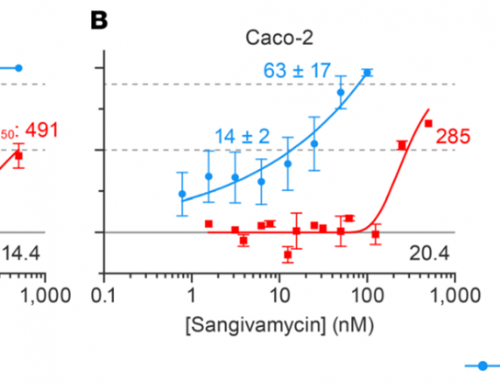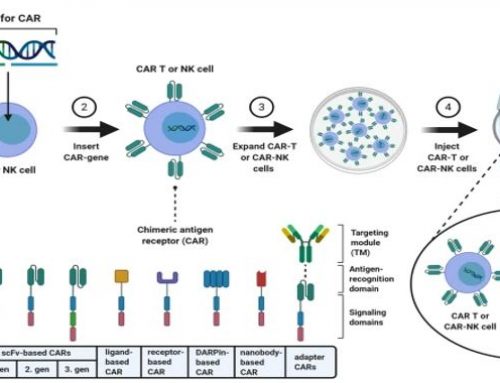Here’s a great example of how the Cellometer is being used by researchers in toxicology.
The University of New Mexico College of Pharmacy investigated the mechanisms by which environmentally-relevant concentrations of inorganic arsenic contribute to genotoxicity. Inorganic arsenic is present in the air, food, and drinking water in many countries and has been linked to various cancers, skin lesions, and immune system disorders, although the exact mechanisms are not yet clear. To study arsenic’s genotoxic mechanisms, the researchers employed Nexcelom’s Cellometer to assess cell number and viability of primary mouse thymus cells and the murine thymus pre-T cell line, D1 using Trypan Blue and acridine orange (AO)/propidium iodide (PI) staining techniques. Researchers reported that arsenic initiated oxidative stress, as well as double strand DNA breaks within these cell types, although no apoptosis or decline in viability was seen. The data demonstrated that DNA damage was a result of poly ADP ribose polymerase (PARP) inhibition and that the addition of equal amounts of zinc were capable of blocking arsenic’s DNA-damaging capabilities.
If you want to see how the Cellometer can benefit your research, contact us at info@nexcelom.com or check out our website for more information






Leave A Comment